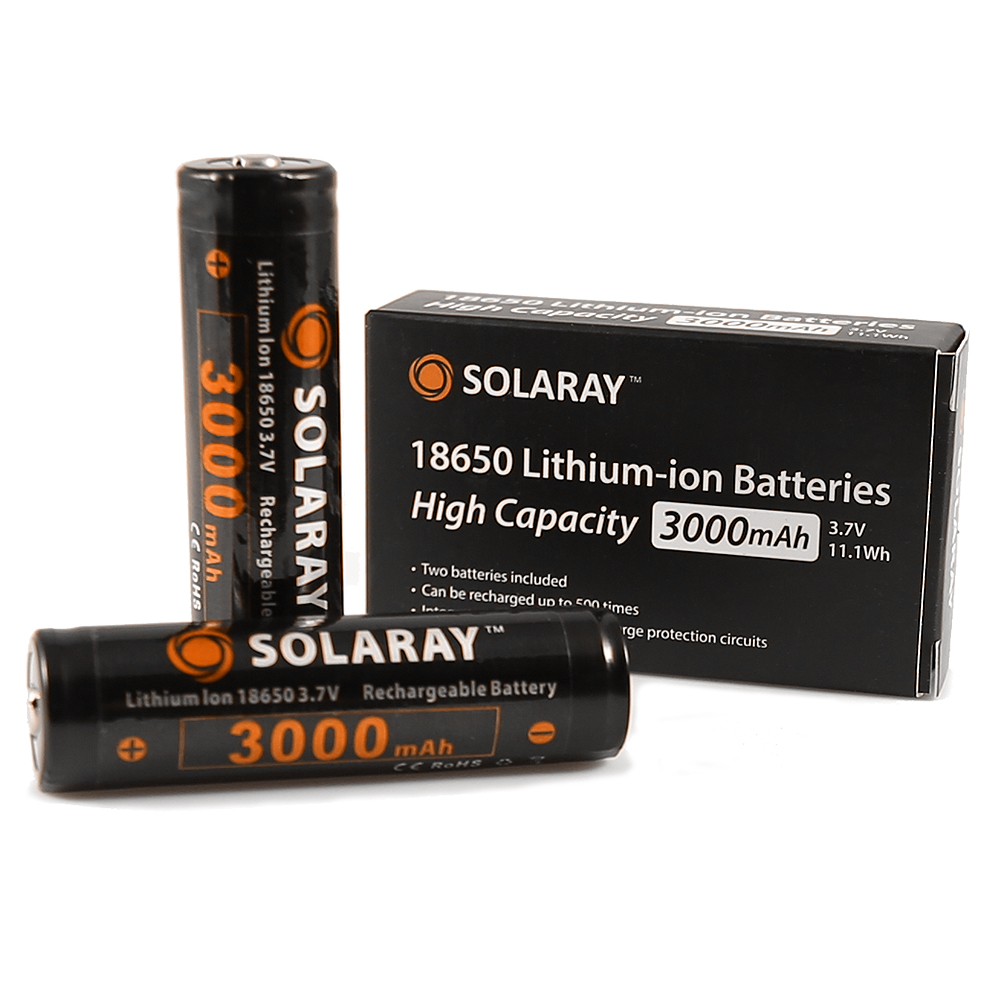

Later after much research, Sony introduced the advanced Li-ion batteries with a new chemistry which is being used till date. A huge number of these types of batteries that were into the market were then recalled by the manufacturers over safety issue. Only after this incident it was realised that Li-ion batteries should be handled with extreme caution. In 1991, one such lithium battery used in mobile exploded over a man’s face in Japan. They failed to notice that these types of lithium batteries were unstable during the charging process and it would create a short inside the battery increasing the temperature and causing a thermal runaway. Later in 1980’s engineers attempted to make the first rechargeable battery using lithium as the anode material and were partially successful. The idea of Lithium Ion battery was first coined by G.N Lewis in the 1912, but it became feasible only in the year 1970’s and the first non-rechargeable lithium battery was put into commercial markets. What makes these batteries special? What should you know about it before you use one in your projects/designs? How will you charge or discharge these batteries safely? If you are curious to know the answers for all these questions then you have landed on the right article, just sit back and read through while I will try to keep this as interesting as possible. Be it a small power bank or a Laptop or something as big as the Tesla’s new Model 3 everything is being powered by a Lithium-ion battery.

In this article, our interest would be over the Li-ion Batteries since they tend to be more useful than all other types. The most common type of rechargeable batteries that you find in consumer electronics is either Lithium ion or of Lithium Polymer type.
#18650 battery pulse specs portable
Unless some Tony Stark steps in and invents the Arc reactor or the research in Solar Power Satellites (SPS) for wireless Energy transfer gets through, we humans have to depend on Batteries for powering our portable or remote electronic devices.


 0 kommentar(er)
0 kommentar(er)
